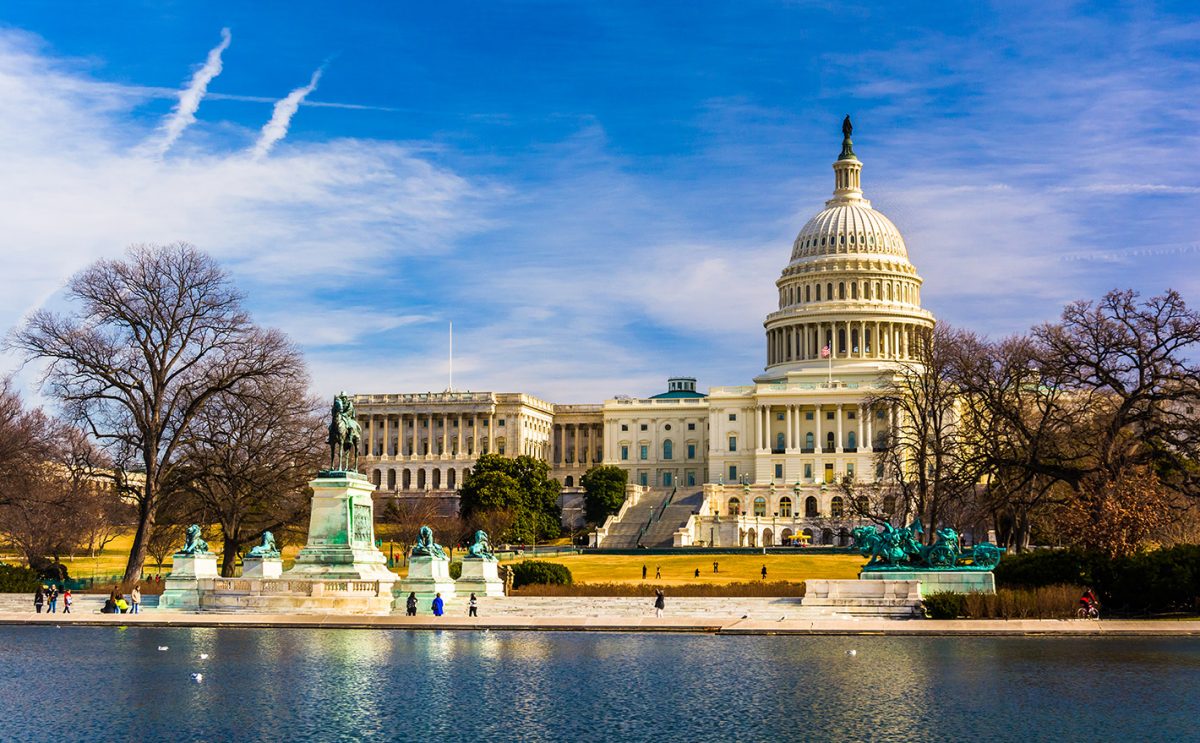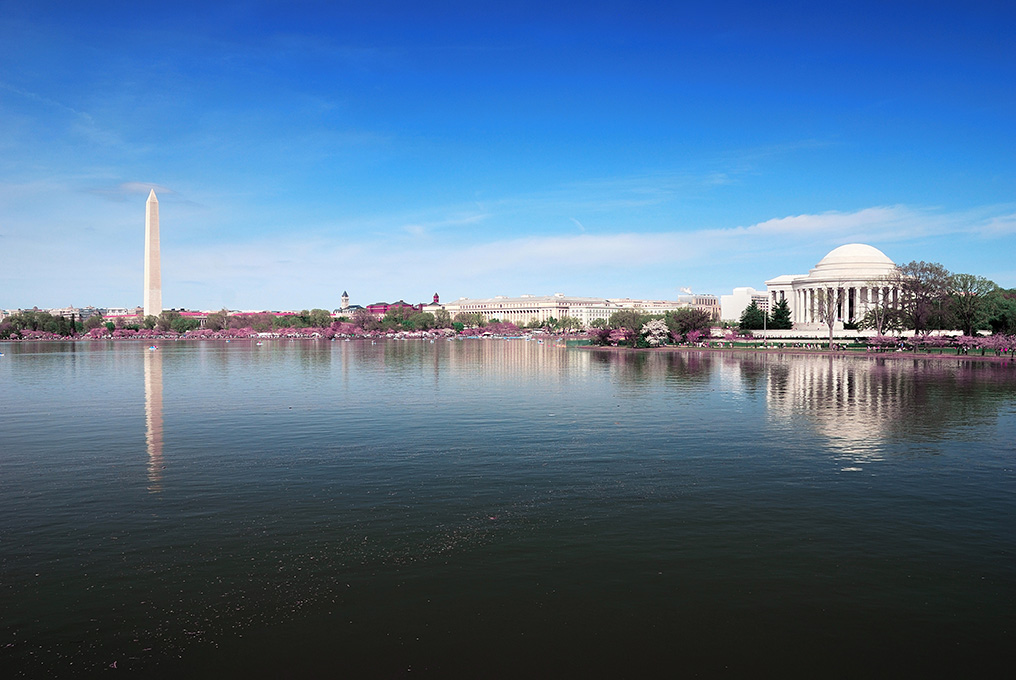
Events in the USA are never too far from British news articles. There are cities and people in America that we feel we know because we see them so often on television, in films and in magazines.
Politicians are often heard to be talking about ‘our special relationship’ with our friends over the water, and pictures of American leaders from the White House are nearly as familiar as those from Number 10 Downing Street.
Washington, D.C., the capital of the US, has history and culture by the armful. While New York gets most of the coverage, it’s Washington that really makes the decisions that can affect 318 million Americans and billions more around the globe.
For pupils studying History in school, aspects of American history are an important part of the curriculum, especially at exam level. US history is entwined with British history through the War of Independence, clashes with Empire, Two World Wars, a Cold War and more recent events in Iraq and Afghanistan. Internal events of US history are also examined, especially the topical battle for Civil Rights and the Legacies of Slavery.
Just like any other topic in history, one of the best ways to understand a region’s past, explore it from various angles and assess the impact of events, is to visit the sites and places where history has taken place. Parts of the US started out as a British colony, and echoes of that connection are to be found in some of the political structures, customs, buildings and food.
Washington is at the core of some of these connections and their legacies – for instance, it’s been 101 years since British troops set fire to the White House and I think we have mainly been forgiven for that now.
The most obvious tie between us Brits and the Americans though is the language (with the exception of accents on both sides of the Atlantic). We can converse, share cultural references and travel, all with the luxury of visiting museums, galleries and landmarks without a translator at our side.
However, negotiating the range of choices, the idioms of language and simply getting around in an unfamiliar city can all still be daunting, if not overwhelming, especially when you have 30 excited teenagers in tow!
That’s why in response to requests for tours to Washington, and in anticipation of recent curriculum changes, I have been working on guidance for trips to the city. There will be information on getting to and around the political centre, where you can visit and where you can’t.
‘How long is long enough to spend in the Smithsonian Museums and the newly opened Museum on African American history?’ I hear you ask. Well, there is never enough time, but I will try and provide estimates!

We are talking to Centres of Learning, negotiating our way around all the key sites, memorials and landmarks such as Capitol Hill, the National Mall, the Arlington Cemetery and the Lincoln Memorial to name a few. I’m making it my mission to find out which sites are essential for which curriculum, and which are not to miss regardless of curriculum.
I’m also looking at visiting some of the sites just outside of Washington, such as Gettysburg and a little further to Philadelphia. In a nut shell, we are giving Washington D.C. the Rayburn treatment so that all schools will receive the best possible itinerary, guidance and support, just as we always deliver.
So watch out for developing news on my trips outside of Washington! However, your history students can get a piece of the action as our tours to Washington are available now!
Want to find out more? Give the team a call today on 01332 347 828.
